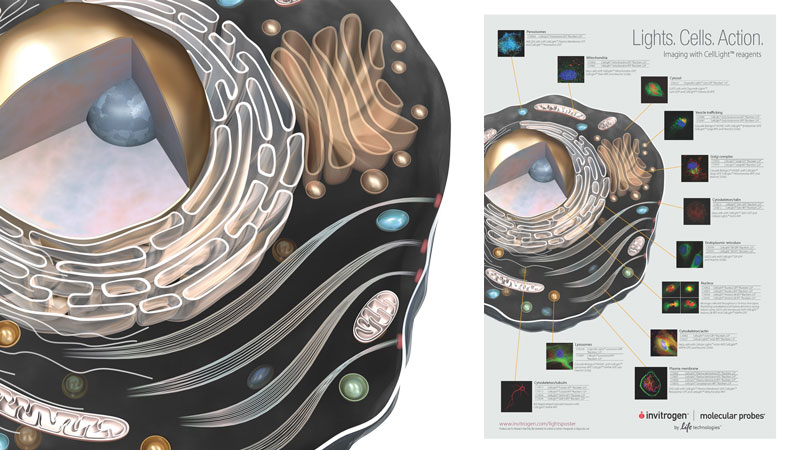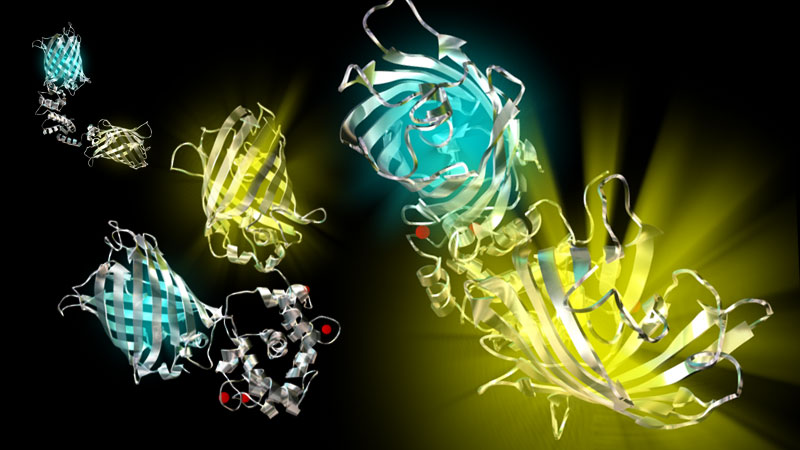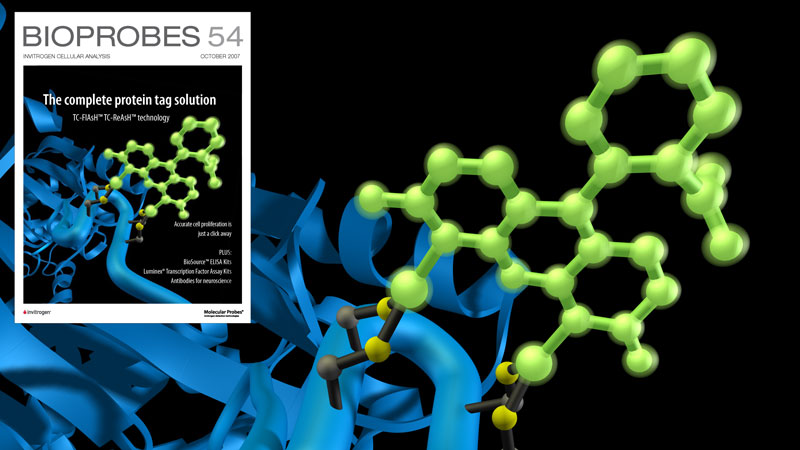Orginally created as a centerpiece for an educational poster, my 3d cell model ended up having a surprisingly long shelf-life. Imagery from the model was used in a range of other projects including three subsequent editions of the poster.
Client/SME include: Beth Browne, Mike Ignatius and Mike Janes. 3d modeling and textures: Lydia Jablonski. Poster layout: Lydia Jablonski.




